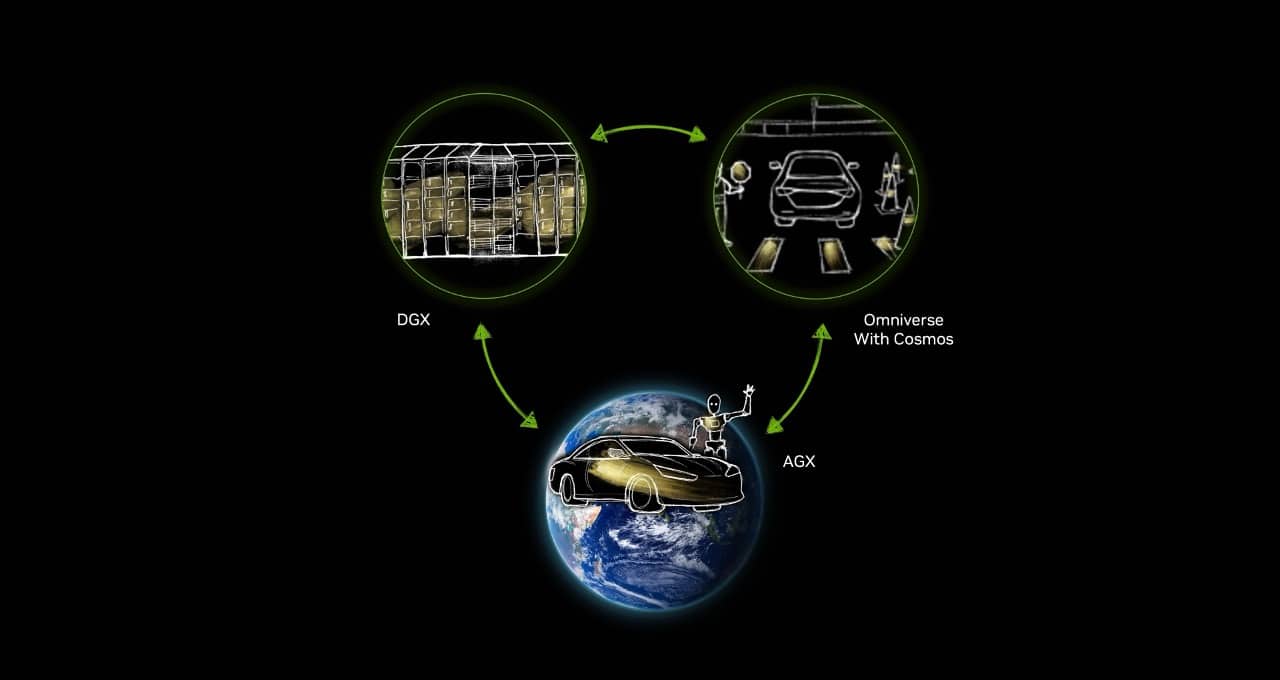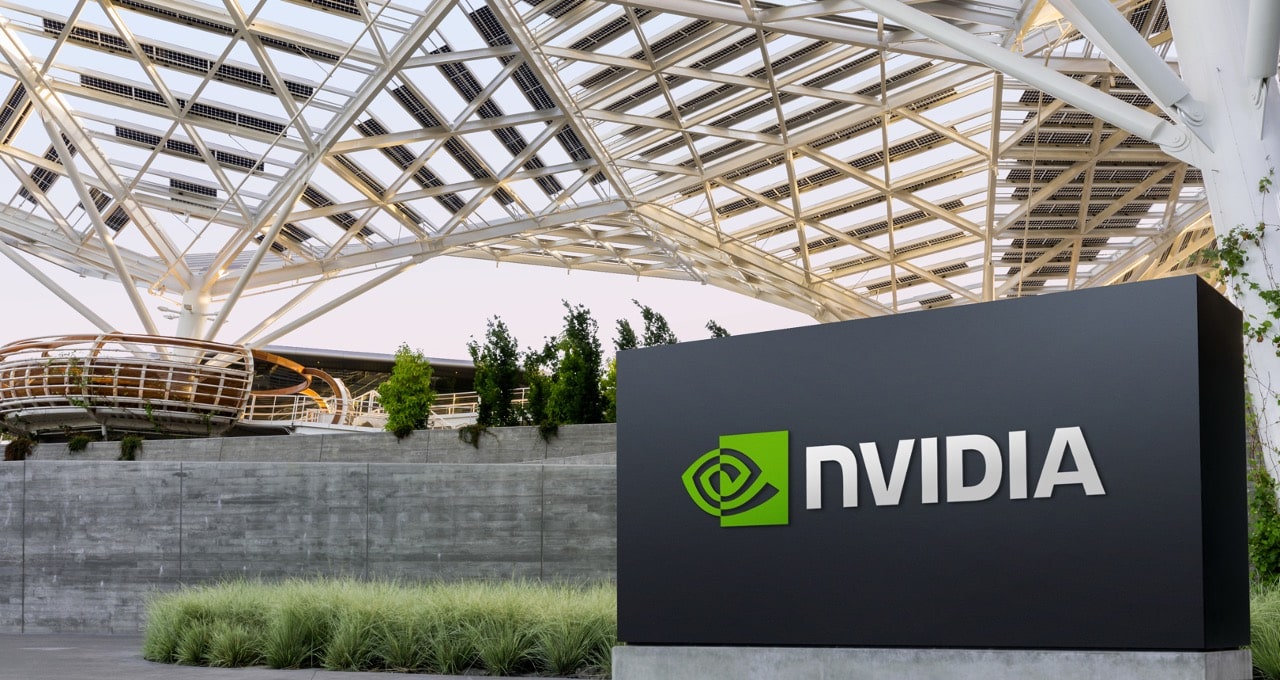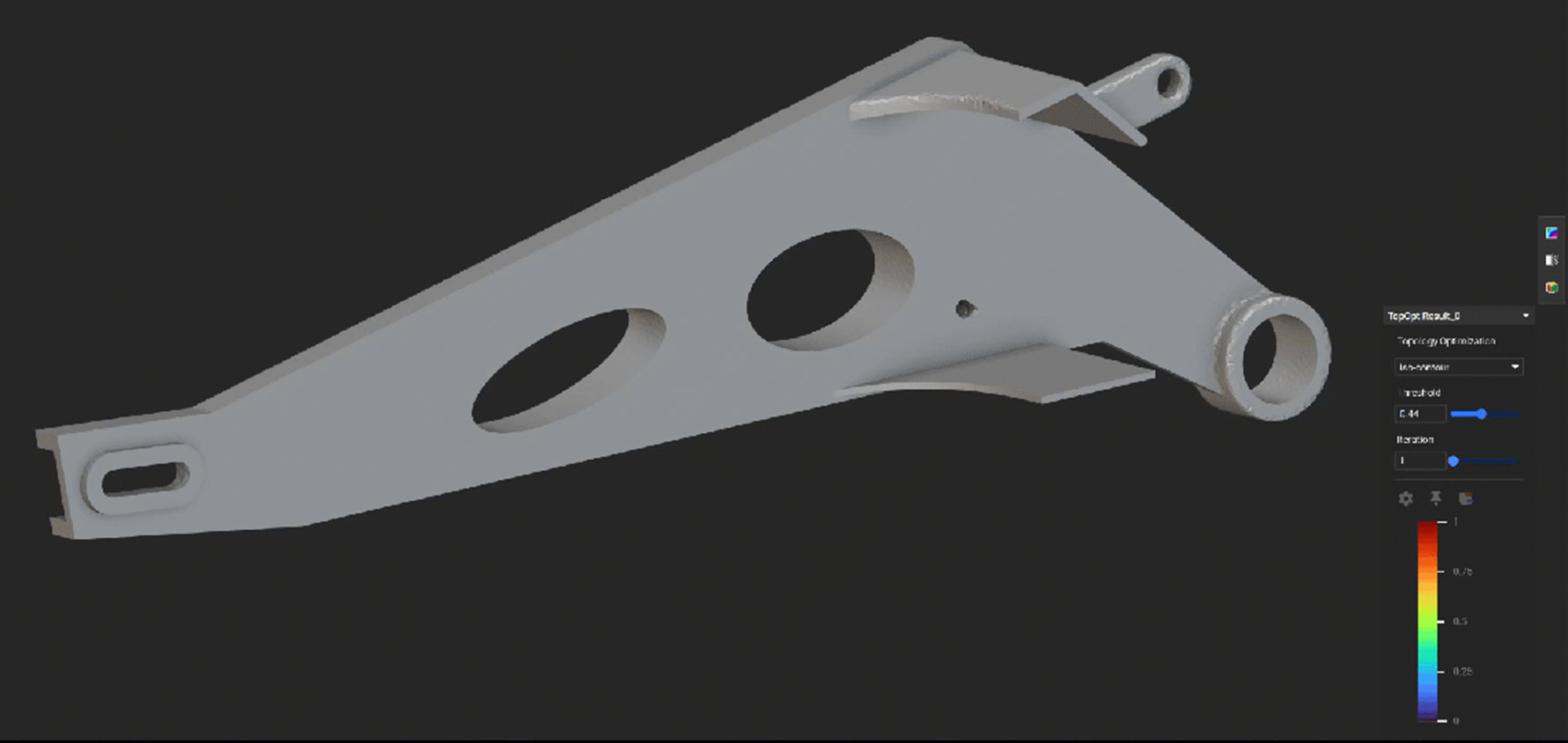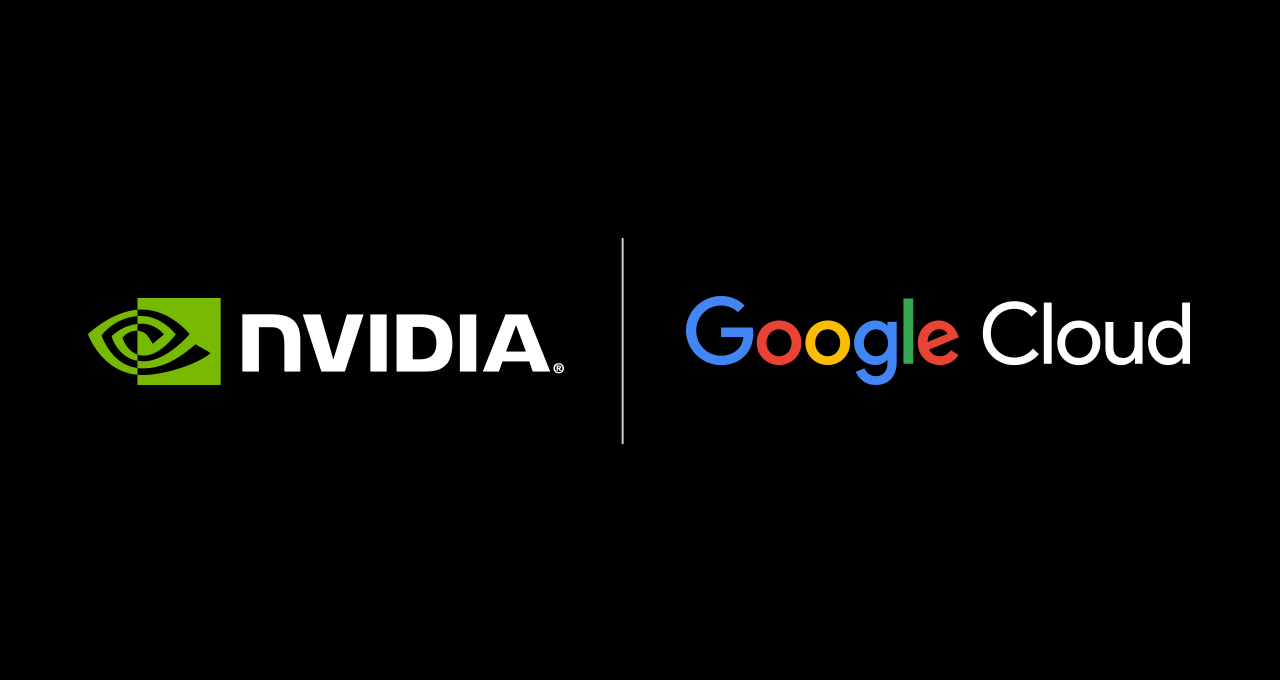
Autonomous vehicle (AV) development is made possible by three distinct computers: NVIDIA DGX systems for training the AI-based stack in the data center, NVIDIA Omniverse running on NVIDIA OVX systems for simulation and synthetic data generation, and the NVIDIA AGX in-vehicle computer to process real-time sensor data for safety.
Together, these purpose-built, full-stack systems enable continuous development cycles, speeding improvements in performance and safety.
At the CES trade show, NVIDIA today announced a new part of the equation: NVIDIA Cosmos, a platform comprising state-of-the-art generative world foundation models (WFMs), advanced tokenizers, guardrails and an accelerated video processing pipeline built to advance the development of physical AI systems such as AVs and robots.
With Cosmos added to the three-computer solution, developers gain a data flywheel that can turn thousands of human-driven miles into billions of virtually driven miles — amplifying training data quality.
“The AV data factory flywheel consists of fleet data collection, accurate 4D reconstruction and AI to generate scenes and traffic variations for training and closed-loop evaluation,” said Sanja Fidler, vice president of AI research at NVIDIA. “Using the NVIDIA Omniverse platform, as well as Cosmos and supporting AI models, developers can generate synthetic driving scenarios to amplify training data by orders of magnitude.”
“Developing physical AI models has traditionally been resource-intensive and costly for developers, requiring acquisition of real-world datasets and filtering, curating and preparing data for training,” said Norm Marks, vice president of automotive at NVIDIA. “Cosmos accelerates this process with generative AI, enabling smarter, faster and more precise AI model development for autonomous vehicles and robotics.”
Transportation leaders are using Cosmos to build physical AI for AVs, including:
- Waabi, a company pioneering generative AI for the physical world, will use Cosmos for the search and curation of video data for AV software development and simulation.
- Wayve, which is developing AI foundation models for autonomous driving, is evaluating Cosmos as a tool to search for edge and corner case driving scenarios used for safety and validation.
- AV toolchain provider Foretellix will use Cosmos, alongside NVIDIA Omniverse Sensor RTX APIs, to evaluate and generate high-fidelity testing scenarios and training data at scale.
- In addition, ridesharing giant Uber is partnering with NVIDIA to accelerate autonomous mobility. Rich driving datasets from Uber, combined with the features of the Cosmos platform and NVIDIA DGX Cloud, will help AV partners build stronger AI models even more efficiently.
Availability
Cosmos WFMs are now available under an open model license on Hugging Face and the NVIDIA NGC catalog. Cosmos models will soon be available as fully optimized NVIDIA NIM microservices.
Get started with Cosmos and join NVIDIA at CES.
See notice regarding software product information.
Blog Article: Here




